Virtual Pets: Then and Now
Many of us might have heard of or played with virtual pets, be it in the past or in the present day. LOW LEXUAN dives in to find out how virtual pets have changed or remained the same over the years.
BY
Low Lexuan
Editor-in-Chief
Hype Issue #55
Published on
Sept 8, 2022

Sitting down on the sofa with a colourful egg-shaped toy beeping in my hands, I knew it was once again time to feed my virtual pet so it wouldn’t go hungry. Does this experience sound familiar to you? It’s a Tamagotchi, handheld virtual pet toy that was released by the Japanese company, Bandai, in 1996. You would’ve probably heard of other vintage handheld virtual pet toys such as Digimon, or perhaps virtual pet games such as Neko Atsume.
What exactly are virtual pets?
Virtual pets are artificial human companions that you have to take care of, in ways such as feeding and playing with them. Essentially, they mimic what it’s like to have a pet in real life. If they are neglected for too long, the virtual pet will “fall sick” or even “pass on”. Some virtual pets are also able to “age”.
John Tan, 21, who started playing with virtual pets when he was in primary three, says: “At first I found it interesting and even fun, as that was the closest I ever got to owning a pet.”
At first I found it interesting and even fun, as that was the closest I ever got to owning a pet.
Additionally, he mentions that he was able to learn how to take responsibility for his virtual pet by performing different tasks to care for it.
How virtual pets have evolved
Although the very first virtual pet game, Dogz, was created in 1995 by a company called PF Magic, virtual pets became more well-received after Tamagotchis came into the world.
As time passed, virtual pets started existing in more forms. This included virtual pet sites such as NeoPets and more recently, virtual pet mobile game applications like Neko Atsume. Many of these virtual pet games have a variety of features.
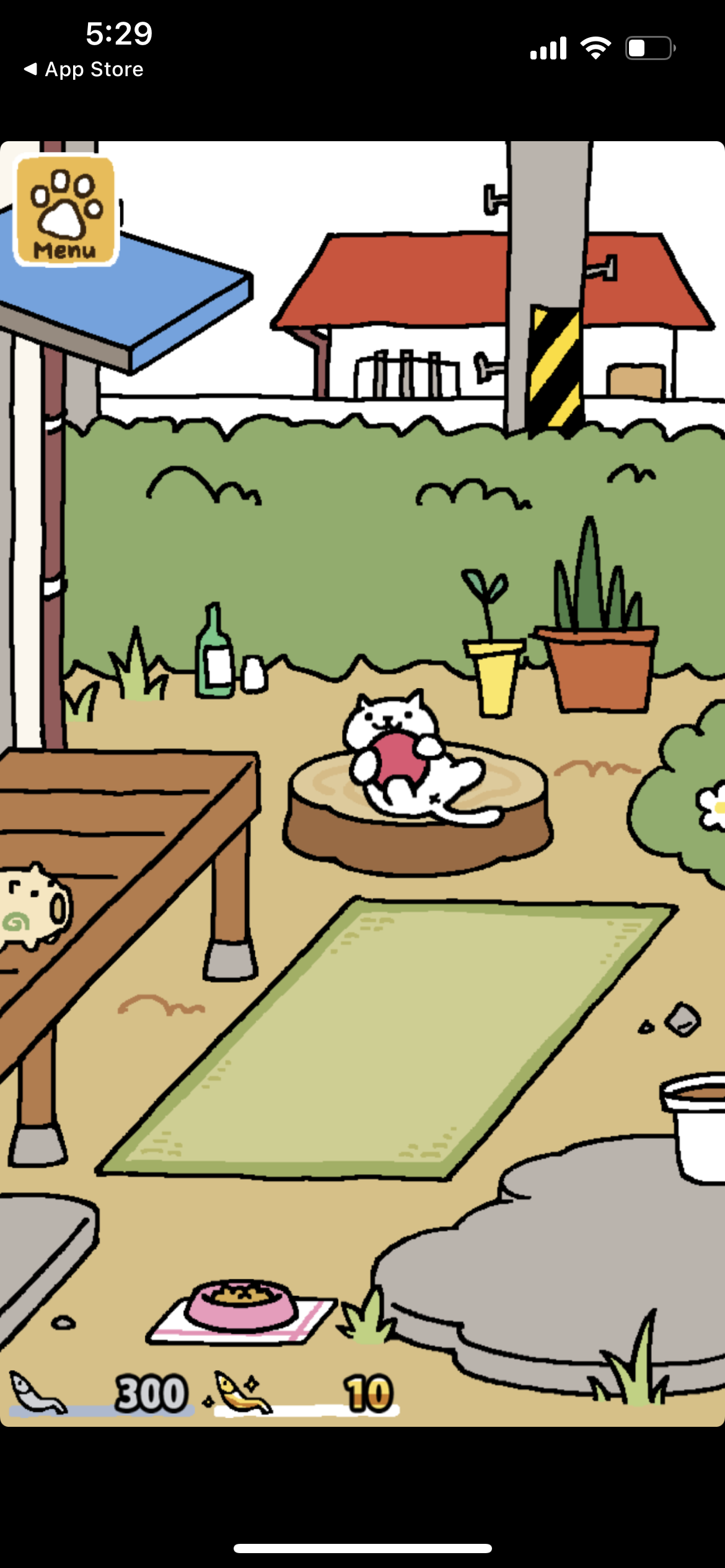
Neko Atsume is a cat collecting game where you place food and toys in your yard, attracting cats to visit. Screenshot by Low Lexuan.
“Now the games have colour and there are more features like customising and dressing your pet…,” says John.
Additionally, some of these modern day virtual pet games allow you to connect with others, unlike in the past where it was only you and your handheld virtual pet toy. I recall, back in primary school, being a fan of Moshi Monsters – a virtual pet game for children, which unfortunately, no longer exists. I always looked forward to “visiting” the houses of my friends’ monsters in the game and chatting with friends using the chat board to talk about our days or about the game itself.
Vintage virtual pets in the present day
With the existence of new and advanced modern virtual pet games, you might think that the vintage handheld virtual pet toys can rarely be found now, or that they would have gone extinct. However, in reality, they still exist till this very day.
For example, new generations of Tamagotchi are being produced today, such as the Tamagotchi Smart– a Tamagotchi in the form of a smartwatch, that was released in November 2021 as part of Tamagotchi’s 25th anniversary. Unlike the old generations of Tamagotchi which have monochrome LCD screens, the Tamagotchi Smart has a coloured touchscreen and other functions like a built-in microphone.
Additionally, there are still people and communities today who are interested in vintage virtual pets.
For Ms Rachel Liew, 32, a Tamagotchi collector and owner of Fuzzy N Chic, an online shop that provides Tamagotchi accessories and guides, she says that she’s still interested in Tamagotchi as she feels that “it’s a companion and not just any toy”.
When it comes to possible reasons why vintage virtual pets still exist and remain popular in the present day, Rachel says that it’s mostly due to people of her age who “probably want to continue to relive their childhood or re-experience the toys that they played with in the past ”. Additionally, she mentions that there might also be a small group of youths who have never tried playing with a vintage virtual pet before when they were a child, but are curious to give it a try.
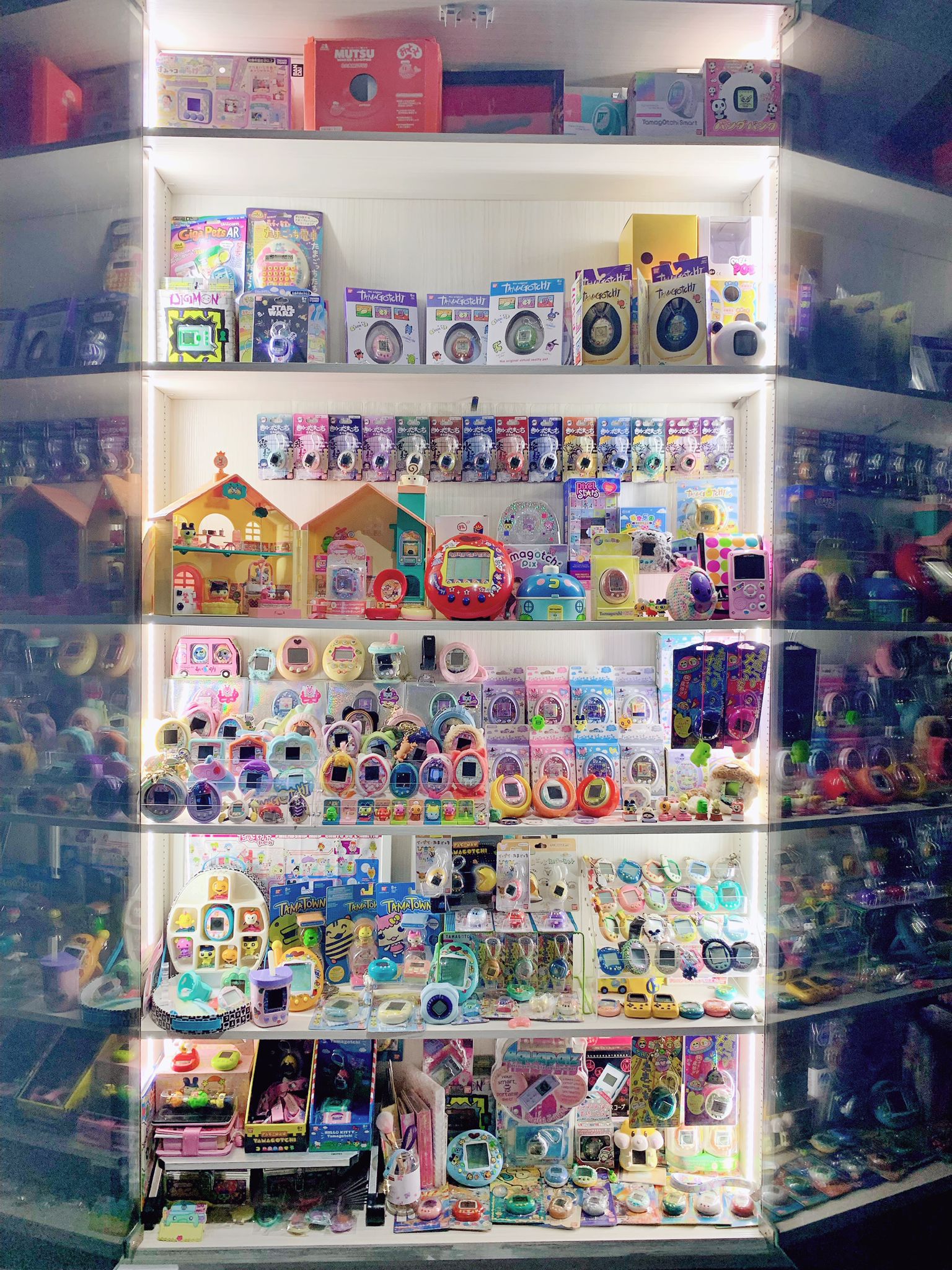
Rachel’s Tamagotchi collection. Photo courtesy of Rachel Liew.
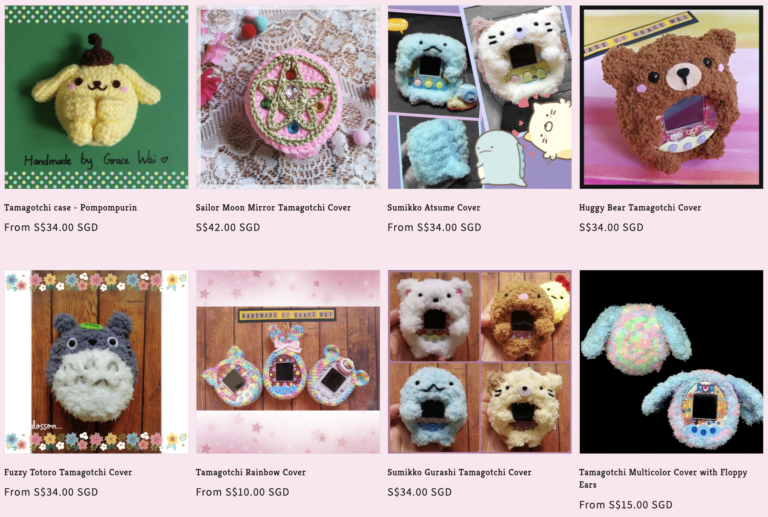
Fuzzy N Chic sells homemade Tamagotchi covers. Photo courtesy of Fuzzy N Chic.
From this, we can see that vintage virtual pets have something that cannot be replaced by modern day virtual pets.
“It’s the nostalgia that can’t be replaced… and also the idea that it’s something from the past that makes it valuable,” says Rachel.
It’s the nostalgia that can’t be replaced… and also the idea that it’s something from the past that makes it valuable,
Vintage or modern, virtual pets no doubt exist in different stages of our lives, be they as companions, toys to scratch a nostalgia itch, or simply as things to have fun with during your free time. It’s interesting to see how, just like all the other technology in our lives, virtual pets are always changing, from simple handheld toys to mobile applications. In 2022, a company called Niantic, even released an augmented virtual reality virtual pet mobile game called Peridot. My 5-year-old self could have never imagined being able to see my very own virtual pet through a phone camera.
With the endless possibilities afforded by technological advancement, one can wonder how virtual pets will continue to evolve in the future and how older virtual pets will continue to sustain a following and bring nostalgia and joy to all.
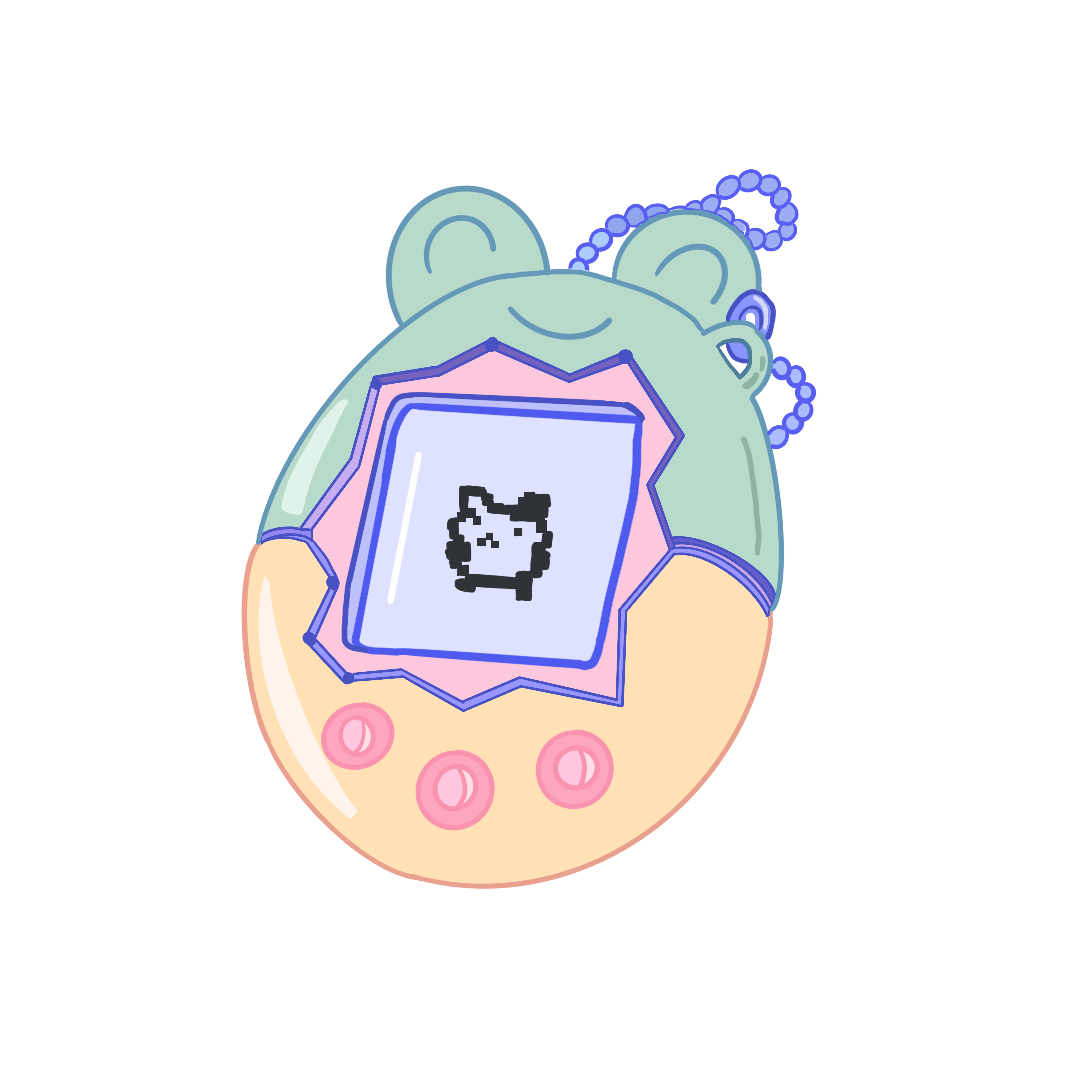
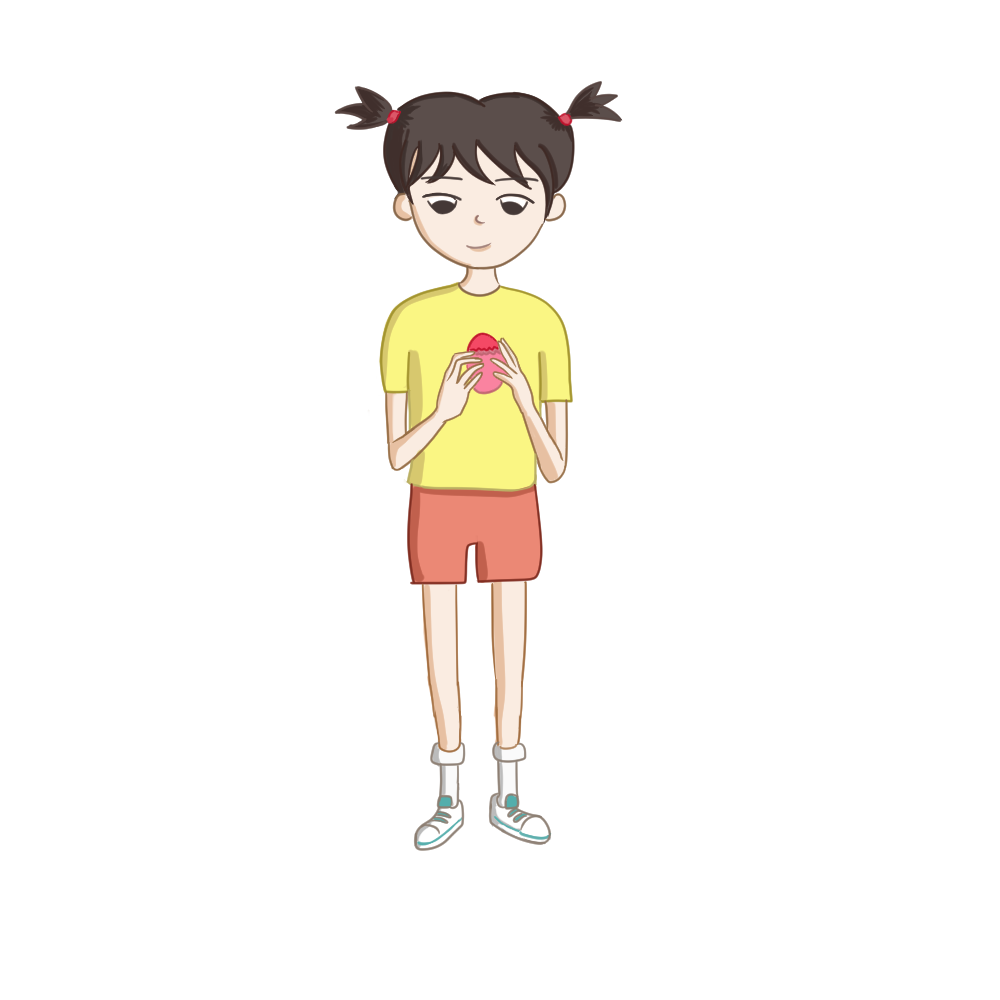

I have read your article carefully and I agree with you very much. This has provided a great help for my thesis writing, and I will seriously improve it. However, I don’t know much about a certain place. Can you help me? https://www.gate.io/zh/signup/9127596
Thanks for shening. I read many of your blog posts, cool, your blog is very good. https://www.binance.com/en/register?ref=P9L9FQKY
Do you mind if I quote a couple of your articles as long asI provide credit and sources back to your website?My blog site is in the very same niche as yours and my users would certainly benefit from some of the information you present here.Please let me know if this okay with you. Thanks!
intrumental christmas jazz
sleep jazz
cozy winter jazz
Your article helped me a lot, is there any more related content? Thanks! https://accounts.binance.com/zh-TC/register?ref=IJFGOAID
Nice post. I learn something totally new and challenging on websites
I very delighted to find this internet site on bing, just what I was searching for as well saved to fav
I really like reading through a post that can make men and women think. Also, thank you for allowing me to comment!
Your post has sparked a lot of interesting thoughts and ideas. Thanks for the inspiration!
Greetings! I just wanted to let you know how much I appreciated this blog post. Your writing is always so engaging and informative. It’s clear that you have a deep understanding of the subject matter. Thank you for sharing your expertise with us. Looking forward to your next post!
I appreciate your attention to detail. It adds a lot of value to your post.
Thank you for this fantastic post! The information you provided is very useful and well-explained. I especially liked how you broke down complex concepts into easily understandable parts. Your writing is clear and concise, making it a pleasure to read. Looking forward to more of your posts.
I don’t think the title of your article matches the content lol. Just kidding, mainly because I had some doubts after reading the article.
Thank you for your sharing. I am worried that I lack creative ideas. It is your article that makes me full of hope. Thank you. But, I have a question, can you help me?
Thanks for sharing. I read many of your blog posts, cool, your blog is very good.